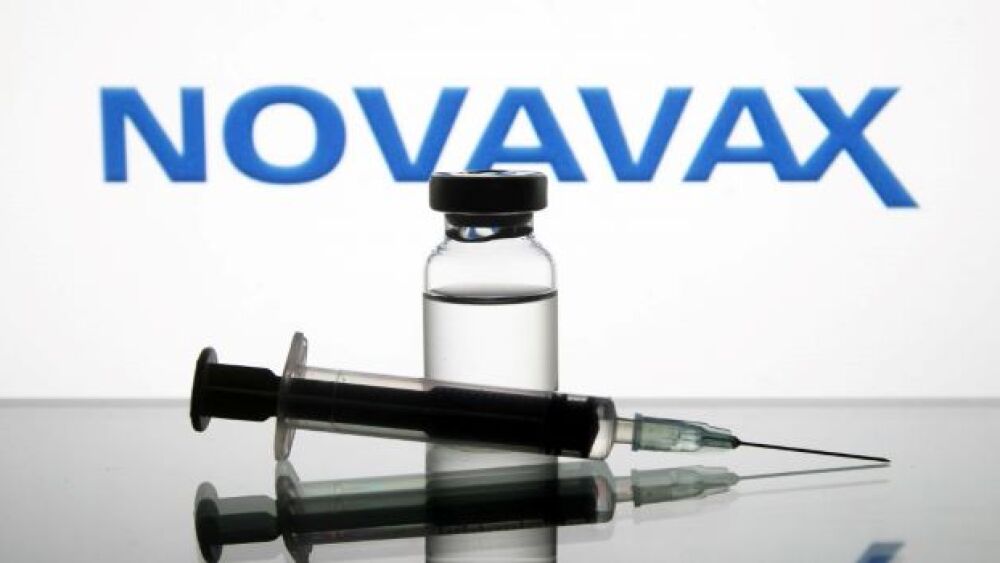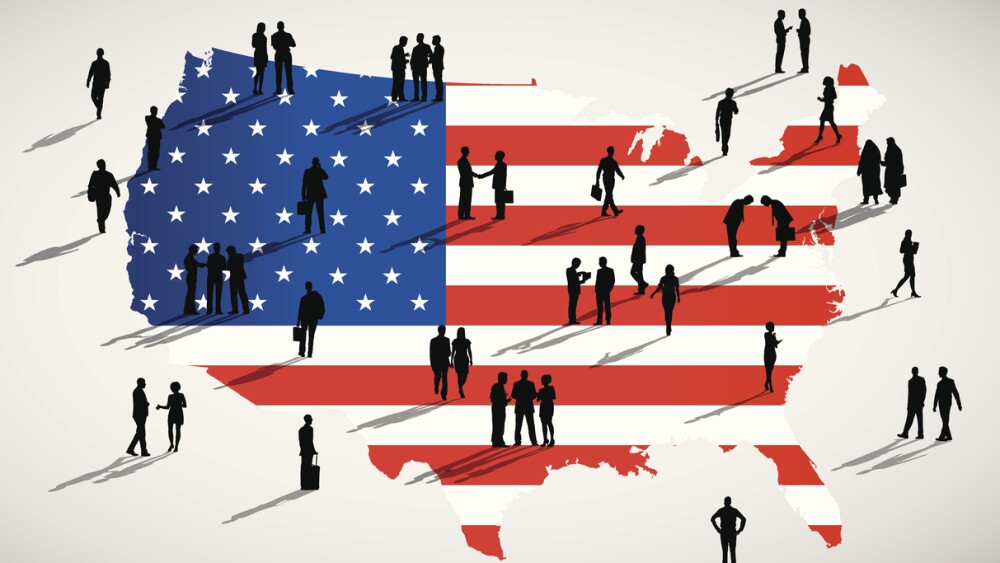Roche’s exposure to the tariffs is mostly limited to four medicines, three of which it already produces in the U.S., according to CEO Thomas Schinecker, who declined to reveal what these assets are.
Roche is confident that it will be able to absorb financial impacts from President Donald Trump’s tariffs, but dealmaking may go by the wayside as the industry awaits the true impact of the import taxes.
In a media call after releasing first-quarter earnings on Tuesday, CEO Thomas Schinecker said that the pharma has been working to ensure that it is “well-positioned as a company [for] whatever may come our way.”
According to Schinecker, just four of Roche’s assets account for some 90% of the company’s exposure to possible tariffs. Three of these are produced in the U.S., the CEO continued, adding that Roche has already “increased the volume of manufacturing” of these medicines domestically. Meanwhile, the company began tech transfer for the final drug “weeks ago,” with an eye toward producing it in the U.S. as well.
Schinecker declined to identify what these four assets were.
Still, Schinecker expects that tariffs will have some appreciable impact on its business, particularly in terms of dealmaking. While Roche will “continue to look at the science” for its deals, it will also consider whether or not they “make financial sense.”
“If there are questions around tariffs, it will be more difficult to make financial sense of any M&A deals,” Schinecker said during the call, adding that in such a climate, parties across the industry and worldwide might slow down dealmaking to “see how things develop.”
On Tuesday, Roche unveiled a $50 billion package meant to expand its U.S. footprint. With this money, the company will construct a slew of new facilities, including a new gene therapy facility in Pennsylvania and two new production plants, one for its glucose monitors and the other for next-generation weight-loss products.
With these preparations, Roche is “in a very, very good position compared to many, many other companies” in terms of weathering the tariffs, Schinecker said.
Roche is also matching its manufacturing push in the U.S. with similar commitments to other countries, Schinecker explained during the call. “We’re actually investing in China to build up manufacturing there,” he said, adding that the pharma is also “continuously investing in other parts of the world.”
“Over the past years it’s really been our strategy to make sure that we have strong manufacturing presence in all of the major markets” worldwide, Schinecker said. Bolstering these investments, he added, are ongoing “discussions” with “governments around the world”—particularly in China, the U.S. and Europe—with the goal of mitigating the impacts of tariffs on Roche’s business. Schinecker declined to go into detail regarding these talks.
In the first three months of 2025, Roche reported a 6% year-on-year increase in worldwide sales to CHF 15.4 billion ($18.7 billion). This growth was driven primarily by its pharmaceutical business, which surged 8% from the same period the year prior, earning nearly CHF 11.95 billion ($14.46 billion). The company’s main growth drivers include the breast cancer drug Phesgo, the eye injection Vabysmo and the anti-allergy medication Xolair.
Notably, despite the threat of tariffs, Roche confirmed its outlook for 2025, expecting a mid-single-digit growth to its sales.






